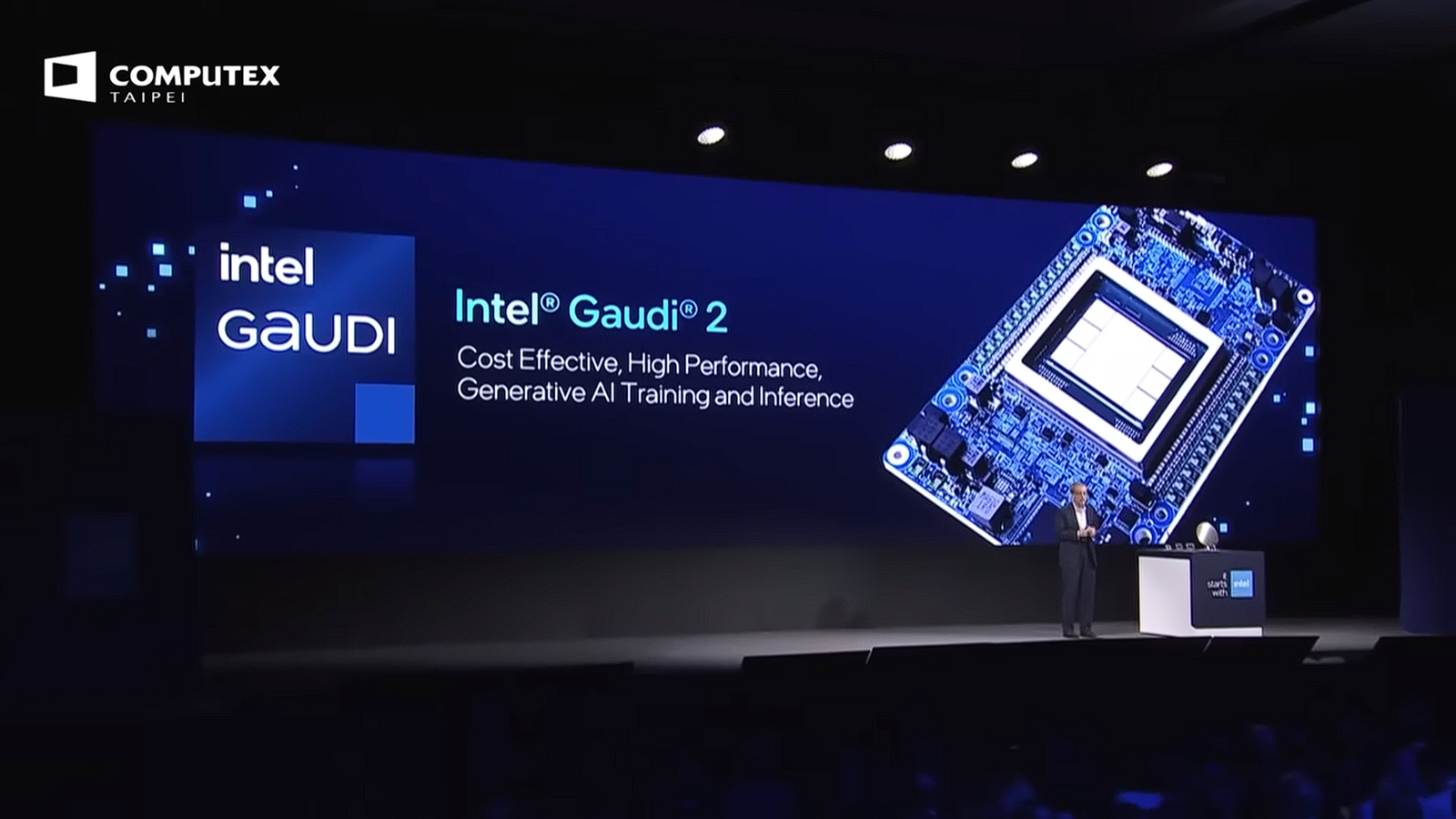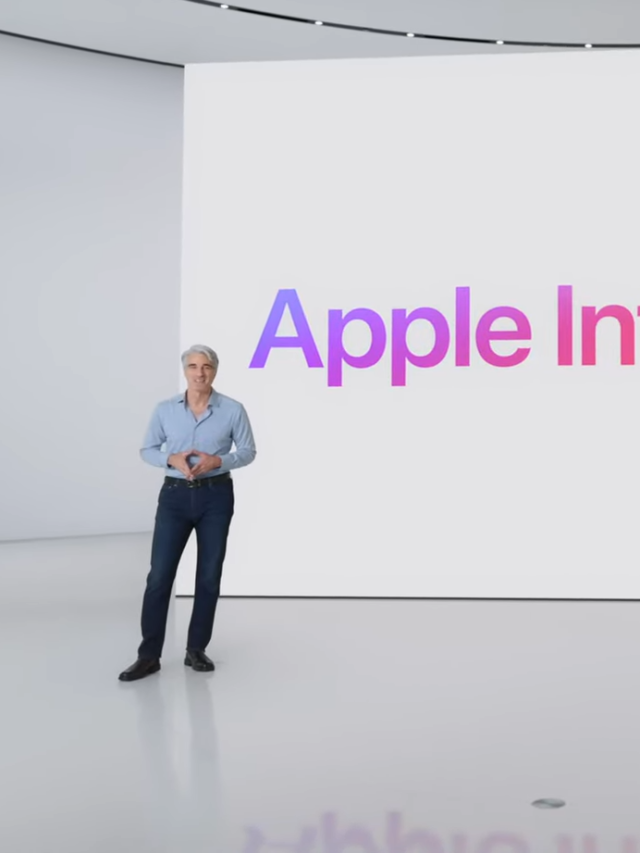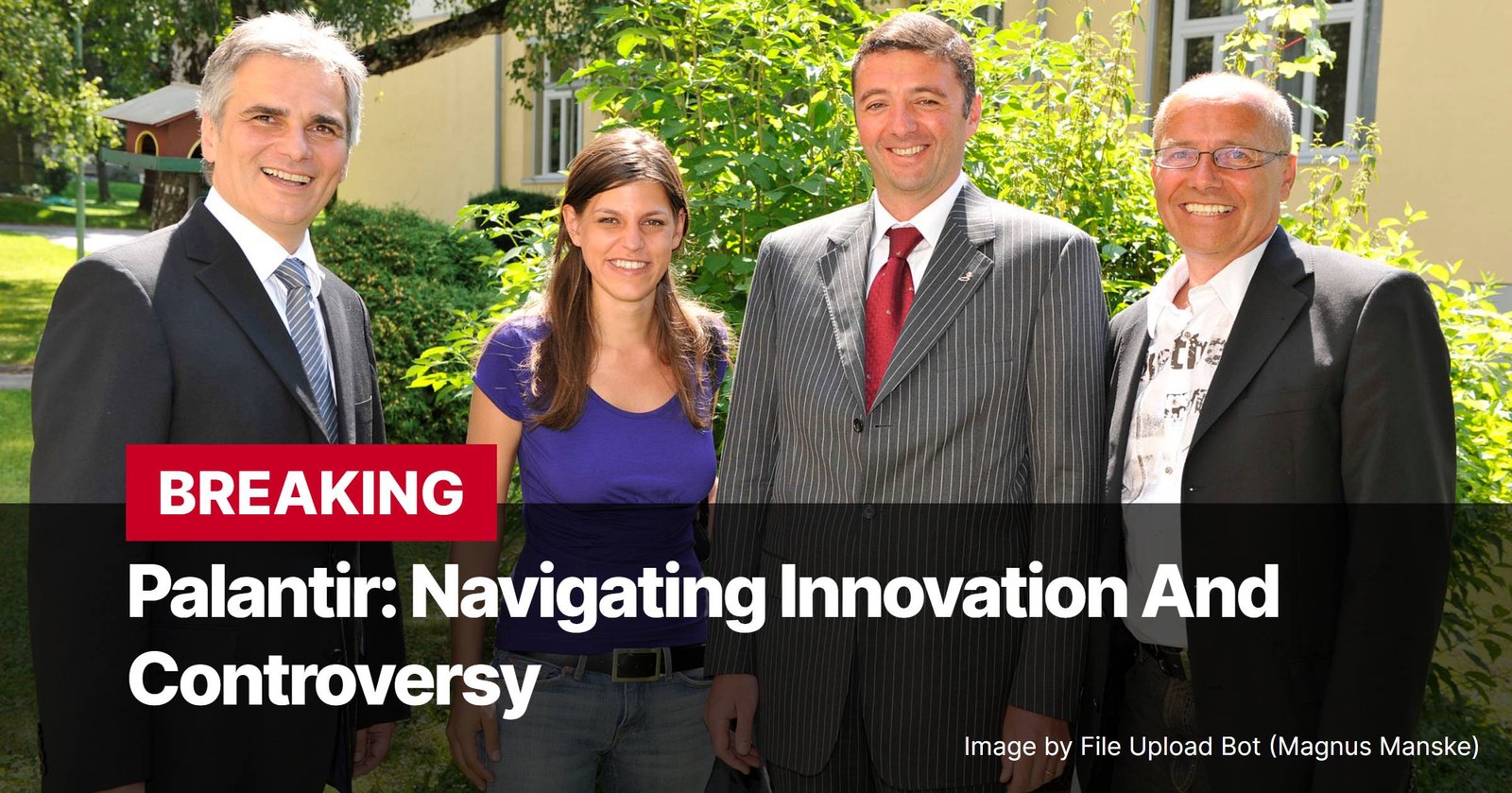The AI landscape is changing rapidly, and Intel is leading the charge with their latest innovation – Lunar Lake. This revolutionary processor promises to transform the way we interact with AI, delivering unprecedented performance, power efficiency, and compatibility across a wide range of applications.
Table of Contents

A Glimpse into the Future of AI
Lunar Lake isn’t just another processor; it’s a complete shift in how we think about AI computing. Built on a cutting-edge chiplet design, it combines next-generation CPU, GPU, and NPU technologies into a single, powerful package. This unique architecture delivers a level of AI performance never seen before, making it the perfect solution for a future driven by machine learning, deep learning, and other AI-powered applications.
The Lunar Lake Advantage: A Powerhouse for Every Need

Lunar Lake offers a compelling blend of advancements across its core components:
CPU Powerhouse: Unleashing the Lion Cove
The heart of Lunar Lake is the Lion Cove processor, a revolutionary core designed for ultimate efficiency and performance. Compared to its predecessor, Meteor Lake, Lunar Lake boasts a significant jump in instructions per clock cycle (IPC) while achieving nearly half the power consumption. This translates to faster processing speeds with reduced energy usage, a win-win for both users and the environment.
GPU Leap Forward: Graphics Unleashed
Lunar Lake isn’t just about raw processing power; it’s also a graphics powerhouse. Featuring the next-generation C2 IP, the integrated GPU delivers a remarkable 50% increase in graphics performance compared to previous generations. This integration effectively transforms Lunar Lake into a discrete graphics card, offering exceptional visual experiences alongside its other capabilities.
AI Domination: A New Era of On-Device Intelligence
But the real star of the show is Lunar Lake’s AI prowess. With an enhanced NPU capable of delivering up to 48 TOPs of performance, Lunar Lake enables incredible on-device AI capabilities. This means users can experience faster and more responsive AI experiences without relying on cloud-based solutions. In terms of performance, Lunar Lake outperforms competitors, including the Exalite chip, across CPU, GPU, and AI metrics. Plus, its compatibility with existing infrastructure ensures a smooth transition for users, making the switch easy and seamless.
Power Efficiency Champion: Shattering the X86 Paradigm
One of the biggest challenges in AI computing has been power efficiency. Many believed that x86 architecture couldn’t compete with ARM in terms of energy consumption. However, Lunar Lake shatters this myth, delivering up to 40% lower power consumption compared to Meteor Lake, setting a new standard for energy efficiency in x86-based processors. This impressive feat opens the door for a more sustainable future for AI computing, reducing the environmental impact of high-performance computing.
Beyond Lunar Lake: Intel’s Full AI Ecosystem
While Lunar Lake stands as a beacon of innovation in the processor space, Intel’s commitment to AI goes far beyond a single chip. The company is building a robust ecosystem designed to empower developers and businesses to leverage AI at its fullest potential. This ecosystem is powered by two key technologies: Gaudi and Zeon.
The Gaudi 2 & 3 Advantage: Accelerating AI Innovation

Gaudi, Intel’s dedicated AI accelerator, plays a crucial role in this ecosystem. It provides the raw power needed to handle complex AI workloads, like training large language models (LLMs) and running AI inference tasks at scale. Gaudi 2, the current generation, has already made significant strides in the world of AI. Here’s why:
- Open AI Ecosystem: Intel is actively building an open ecosystem for AI, collaborating with industry giants like Microsoft, independent software vendors (ISVs), and the Linux Foundation. The goal is to establish an open platform for Enterprise AI, standardizing Zeon and Gaudi as the leading solutions.
- Multimodal LLMs: Gaudi 2 is at the forefront of multimodal LLM development. These LLMs combine textual and visual data to provide richer insights than traditional text-based models. Imagine analyzing chest x-rays alongside medical queries to gain a more comprehensive understanding of a patient’s condition. This opens doors to a future where AI can handle complex tasks across different data formats.
- Superior Performance: Gaudi 3, the next generation of Gaudi, is setting new benchmarks for AI performance. It outperforms even the H100s in MLPerf benchmarks for LLM training and inferencing, delivering a 40% faster training time and 1.5x faster inferencing compared to H20s. This translates to significant cost savings, making AI more accessible for businesses of all sizes.
- Scalability and Open Standards: Gaudi 3 is designed for maximum scalability, utilizing open industry standards like ethernet and supporting widely-used frameworks like PyTorch and TensorFlow. This makes it easy to integrate Gaudi into existing AI workflows and ensures compatibility with a vast library of models available on Hugging Face.
The Zeon 6 Advantage: Powering the Modern Data Center

Intel’s commitment to data center innovation is evident in Zeon 6, a powerful processor specifically designed for modern data center workloads. Zeon 6, combined with Intel’s Ecores technology, offers exceptional performance per watt and high core count density, making it an ideal choice for demanding applications.

- Energy Efficiency and Sustainability: Zeon 6 reflects Intel’s commitment to process technology leadership, leveraging Intel 3 for enhanced performance and efficiency. This translates to significant energy savings, allowing data centers to reduce their carbon footprint and contribute to a greener future.
- Unprecedented Scalability: With 144 cores, Zeon 6 provides exceptional performance and scalability for cloud-native and hyperscale workloads. This is further amplified by the upcoming second generation, which will feature an astounding 288 cores, delivering an incredible 6:1 consolidation ratio. This level of scalability ensures Zeon 6 can handle the most demanding data center needs, paving the way for a more efficient and powerful future.
A New Era of AI: Intel’s Vision for the Future
Intel’s dedication to innovation is evident with Lunar Lake, Gaudi 3, and Zeon 6. These technologies are a testament to their commitment to delivering powerful, efficient, and sustainable solutions for the next generation of AI applications. Intel is leading the way in the AI revolution, offering a comprehensive ecosystem that empowers businesses and developers to build the AI-powered future we envision. With its focus on open standards, sustainability, and performance, Intel is setting the stage for a future where AI is not just a possibility, but a reality.
Frequently Asked Questions
What is Intel Lunar Lake?
Intel Lunar Lake is a revolutionary processor designed to transform AI computing. It combines next-generation CPU, GPU, and NPU technologies in a single chiplet design, delivering unprecedented performance, power efficiency, and compatibility.
How does Lunar Lake’s CPU perform?
Lunar Lake features the Lion Cove processor, offering a significant jump in instructions per clock cycle (IPC) and nearly half the power consumption compared to its predecessor, Meteor Lake. This means faster processing speeds with reduced energy usage.
What are the graphics capabilities of Lunar Lake?
Lunar Lake boasts a next-generation integrated GPU based on the C2 IP, delivering a 50% increase in graphics performance compared to previous generations. This makes Lunar Lake capable of offering a discrete graphics card-like experience.
What makes Lunar Lake’s AI capabilities stand out?
Lunar Lake’s enhanced NPU delivers up to 48 TOPs of performance, enabling incredible on-device AI capabilities that outperform competitors like Exalite. This allows for faster, more responsive AI experiences without relying on cloud-based solutions.
How energy-efficient is Lunar Lake?
Lunar Lake shatters the myth that x86 architecture can’t compete with ARM in power efficiency. It consumes up to 40% less power than Meteor Lake, setting a new standard for energy efficiency in x86-based processors.
What is Intel Gaudi and how does it relate to Lunar Lake?
Gaudi is Intel’s dedicated AI accelerator, designed to handle complex AI workloads like training large language models (LLMs) and running AI inference tasks. While Lunar Lake focuses on on-device AI, Gaudi provides the raw power needed for larger-scale AI operations, both being part of Intel’s comprehensive AI ecosystem.
What are the key features of Gaudi 2?
Gaudi 2 is part of an open AI ecosystem, enabling collaboration with industry leaders. It excels in multimodal LLM development, combining textual and visual data for richer insights. Gaudi 2 delivers superior performance, outperforming competitors in LLM training and inferencing, leading to significant cost savings.
How does Gaudi 3 advance AI acceleration?
Gaudi 3 pushes the boundaries of AI performance, surpassing even the H100s in MLPerf benchmarks for LLM training and inferencing. It’s designed for scalability, using open standards like ethernet, and supports popular frameworks like PyTorch and TensorFlow.
What is Intel Zeon 6 and what are its benefits?
Intel Zeon 6 is a powerful processor designed for modern data center workloads. Combining high core count density with Intel’s Ecores technology, it provides exceptional performance per watt, making it ideal for demanding applications.
How does Zeon 6 address energy efficiency and scalability?
Leveraging Intel 3 process technology, Zeon 6 offers significant energy savings. Its high core count (144 cores, with 288 cores in the upcoming generation) provides unprecedented scalability for demanding data center needs, contributing to a more sustainable and powerful future.
















